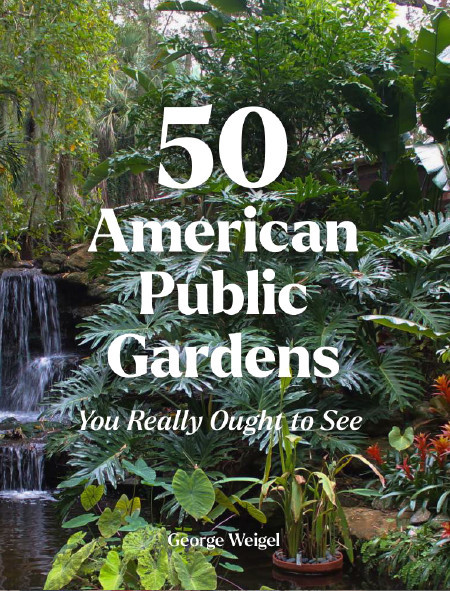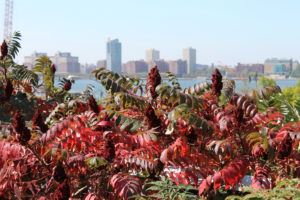Staghorn sumac
* Common name: Staghorn sumac
* Botanical name: Rhus typhina
* What it is: This colonizing tall shrub is often mistaken for the notorious tree of Heaven because its pointed leaves grow opposite one another, giving a similar ladder-like appearance. Staghorn sumac can be distinguished by its toothed leaf edges (not smooth) and by the maroon, cone-shaped fruit clusters in fall that wildlife love (instead of maple-like seed clusters). Brilliant red fall foliage is the main attraction of this native shrub.
* Size: 12 to 15 feet tall and wide – and often bigger in time if never pruned. Plants colonize by sending out runners that send up shoots, so the spread can be overly aggressive unless you have adequate space or are up for managing the boundary with a shovel.
* Where to use: Ideal use is on a big bank where the colonizing roots head off erosion. Also appropriate for a lightly managed woodland or large, open field where low-care coverage is needed. Not a good choice in a garden, small yard or bed where it can overtake other plants. Does full sun or part shade. Avoid wet sites.
* Care: Almost indestructible and very low care. No fertilizer needed, and no water needed once roots establish after a year or two. Prune at end of winter to control size, including cutting near to the ground, if desired. Otherwise, pruning not needed. Shovel out running roots any time if the plant is spreading beyond where you want.
* Great partner: Best as a stand-alone colony. Or pair with native ornamental grasses such as Indian grass or switchgrass, or underplant with native goldenrod.








